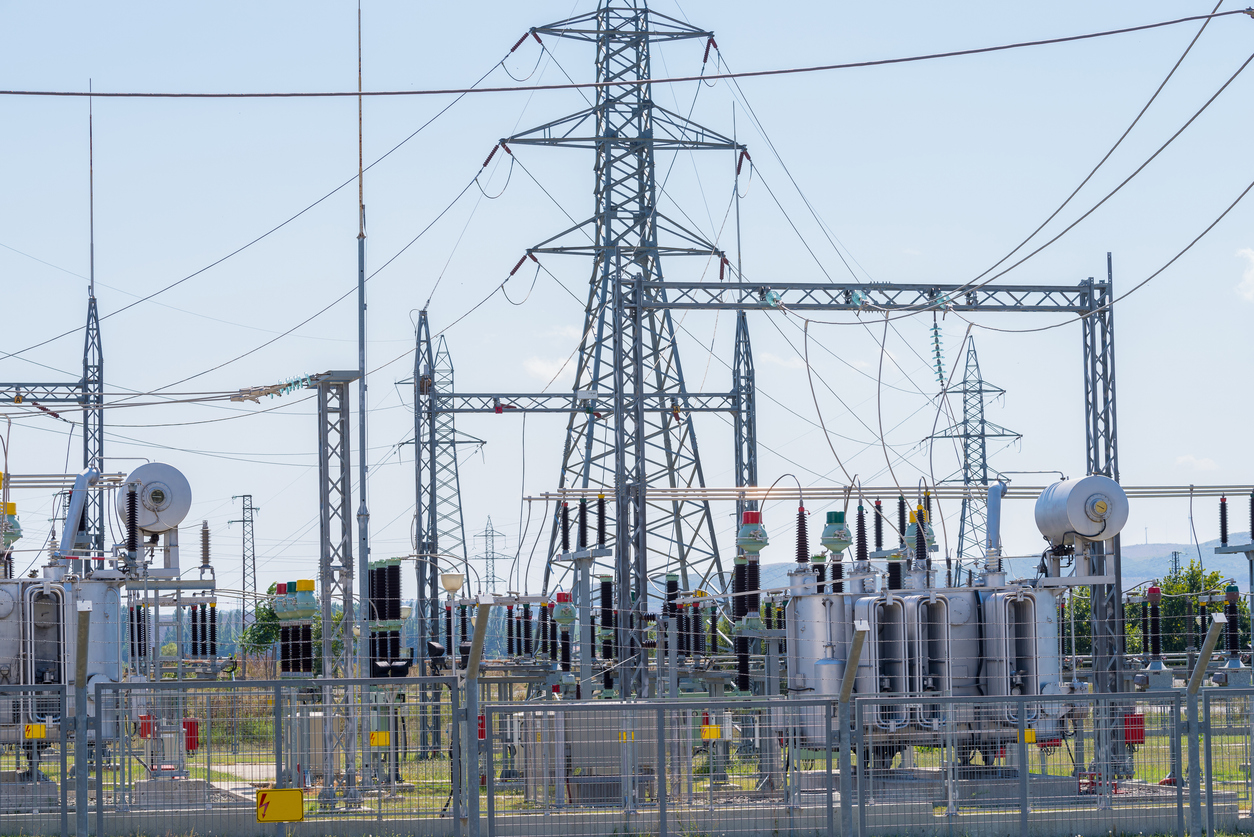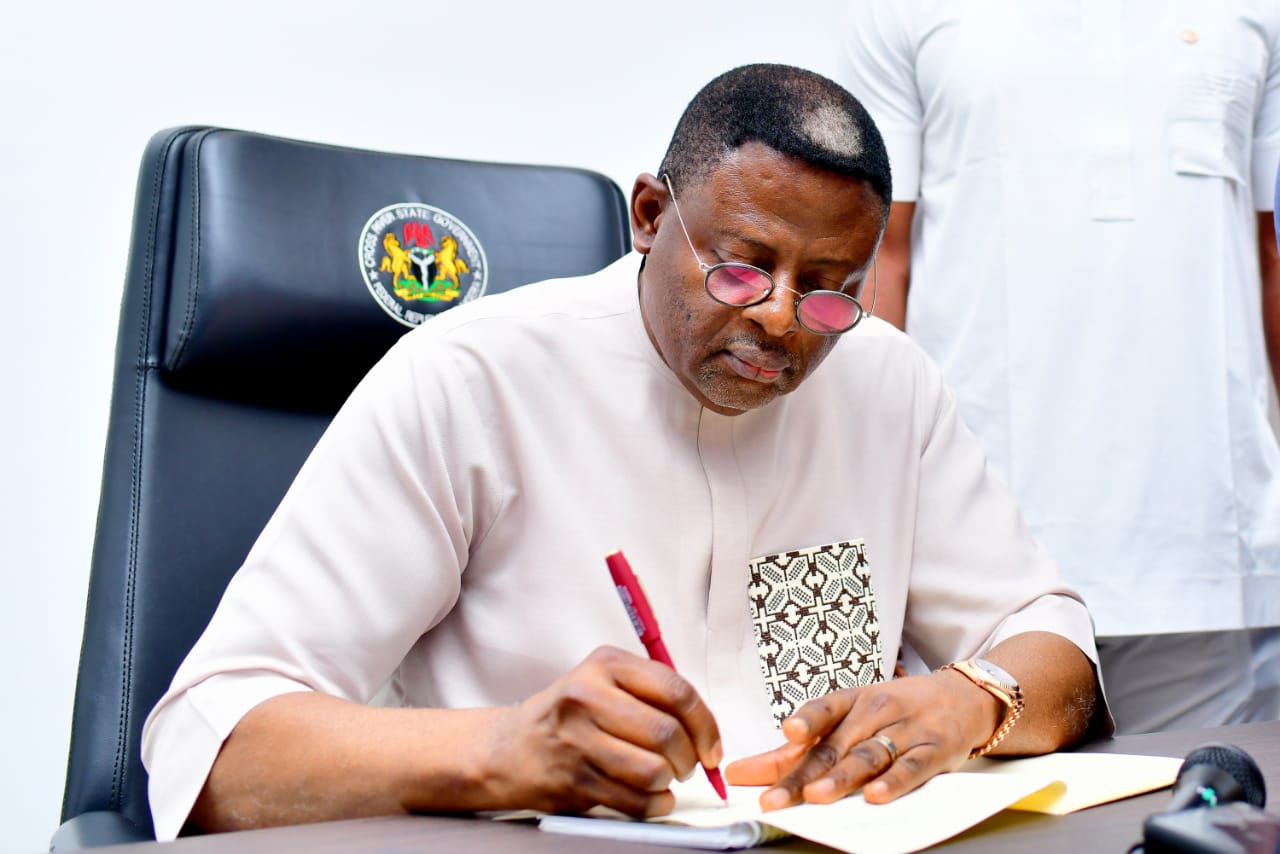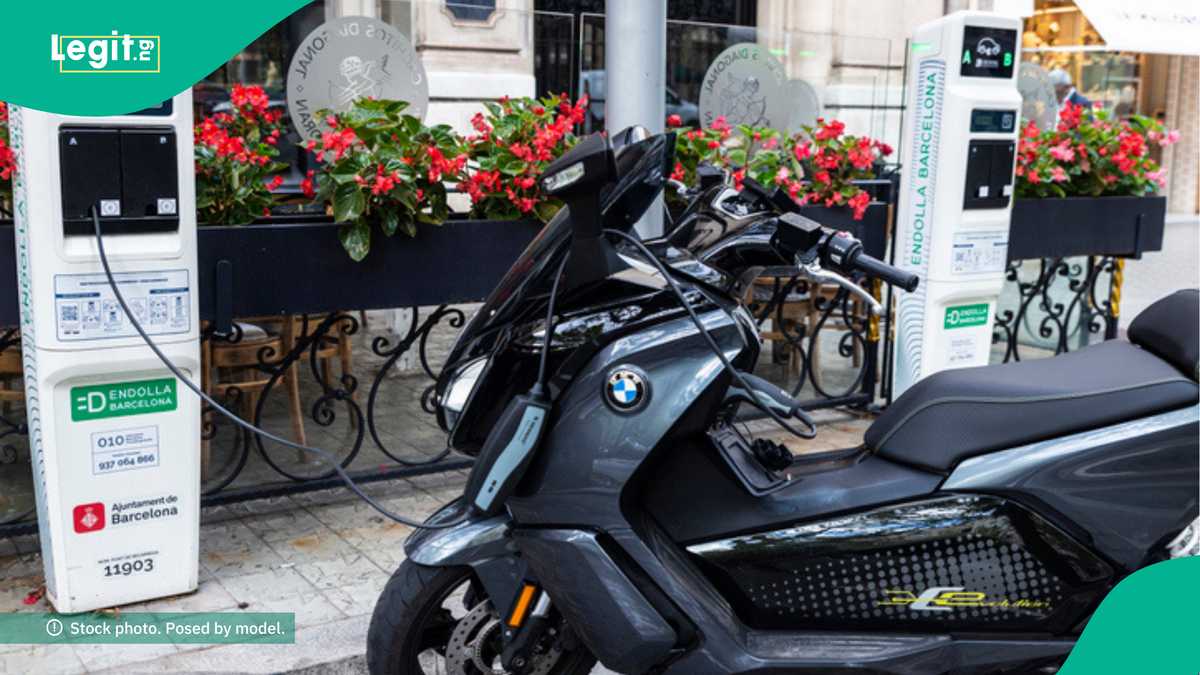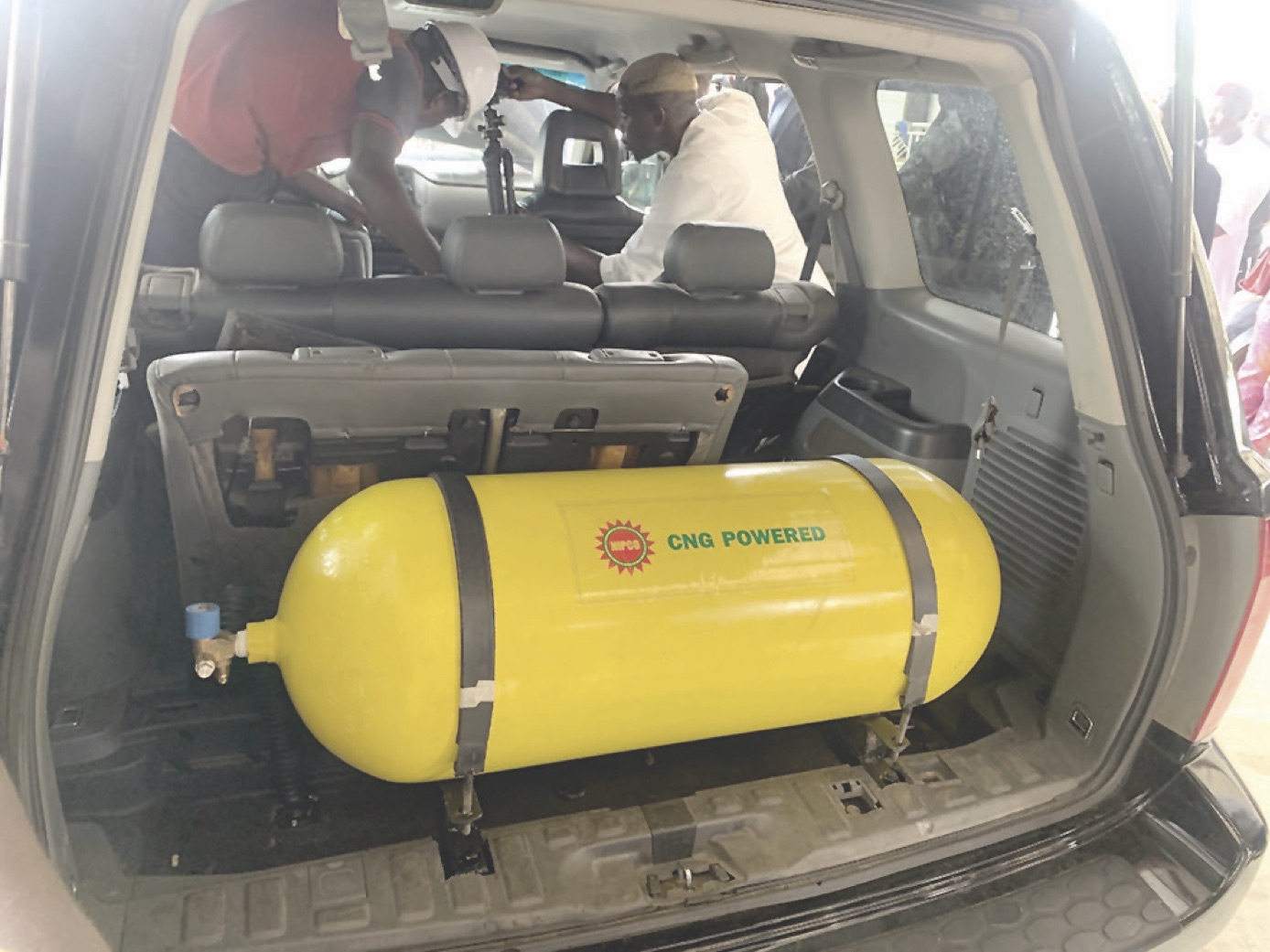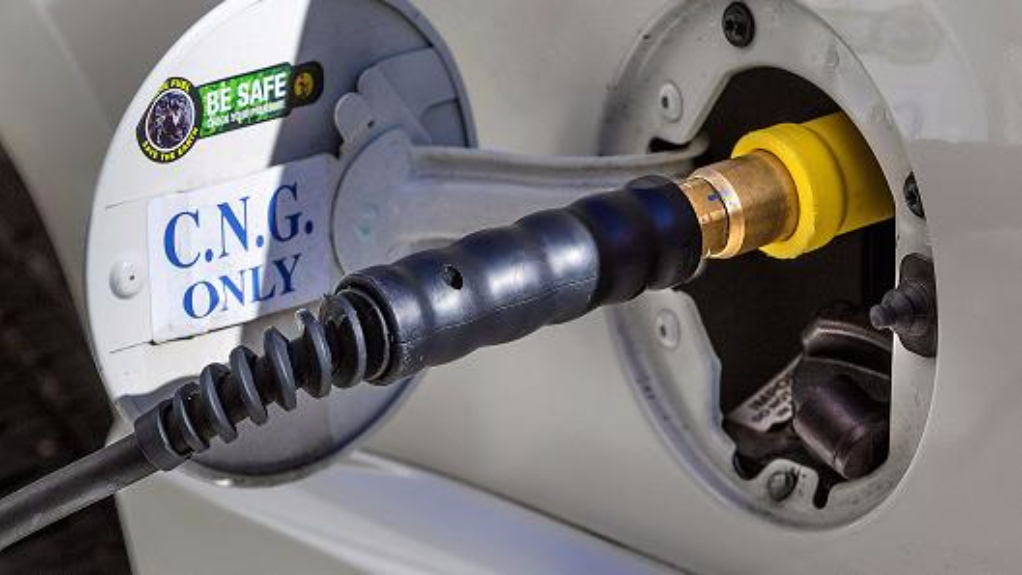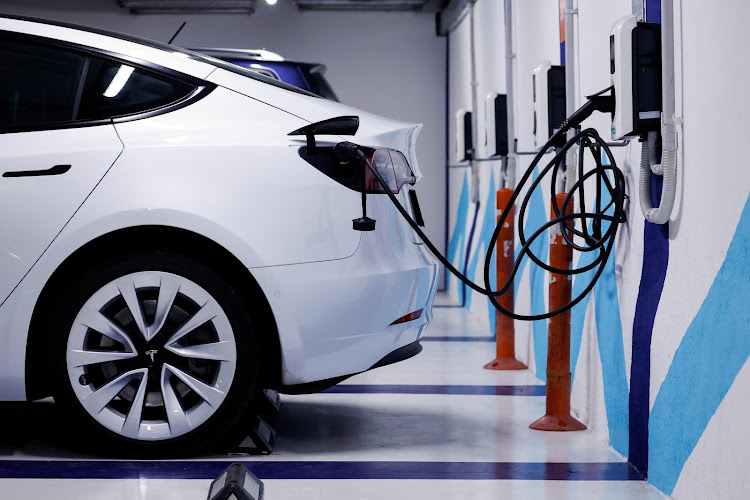
Sign up for daily news updates from CleanTechnica on email. Or follow us on Google News!
No matter how many transcontinental trips people take, no matter how many severe weather events are survived with an EV’s battery, and no matter how many other things clean technology does—there’s a persistent myth that it’s not up to the task. Solar and wind “don’t work when the wind doesn’t blow and the sun doesn’t shine.” EVs are somehow incapable of evacuation from hurricanes because the power goes out.
So, it’s nice when real-world experiences come out testing the anti-cleantech hypothesis. Hurricane Helene recently gave us just such an opportunity:
After over a week without grid power, Erik at the Farpoint Farms YouTube channel talks about his use of solar power before, during, and after the storm. He never built his solar array to cover all of his needs off grid, but he estimates its contributions to be about ⅓ of the overall farm’s needs. He also never wired the solar panel into the main electrical service, relying on a completely off-grid system that’s separate from normal power systems.
The 1200-watt group of panels is backed up by a bank of batteries people have sent him over the years, tied together. So, it’s both solar and storage, meaning that he was able to get at least some power off-grid instead of fretting that it can’t send power in and use the grid as a battery of sorts.
One thing he did after the hurricane came through his Appalachian land was to “backfeed” power from the solar and battery setup into a circuit in his home. This required a plug with two male ends, which then carries the power into the circuit it’s plugged into. For safety, he turned the breakers off so that the electricity doesn’t travel into other circuits and so that it doesn’t go back into the dead power grid and harm lineworkers. This is typically done automatically by grid-tied solar setups, but doing it manually doesn’t hurt anything as long as you take the right precautions.
On top of the backfeeding strategy, Erik has also been running extension cords into the house to power some critical devices/appliances directly. Things like refrigerators, freezers, and even some basic entertainment can all be run on his setup.
Another way he’s been moving power around his property is using portable power stations. Using the solar and any other source he’s come up with, he charges up these compact power stations and then carries them to where the power’s needed, such as a deep freeze in his garage. This works, but involves the regular chore of carrying the power stations (some can be pretty heavy) back and forth multiple times per day to keep the food from thawing out. In some cases, he puts a small solar panel on a nearby roof to keep it from having to be taken back and forth as much.
But, hey, it sure beats spoiled food, right?
Another strategy he uses is to take a portable generator around to his different power stations to keep them up when his solar isn’t quite enough for the job. This obviously doesn’t fall into the realm of clean technology, but it does mean that he uses the generator more like a hybrid instead of using it to directly power things. This means it runs less and likely runs more efficiently when it’s on. This, in turn, means lower emissions and fuel usage. So, again, clean technology still helped him even when the old generator came into play, keeping his usage that far to only two gallons of electricity for the first nine days after the storm.
Near his studio, he’s running about 600 watts of solar into another power station that replaced one of his that died. Sunlight wasn’t very abundant, but he did manage to pull in 150 watts or so from them, which helped him keep another refrigerator running. This then backfeeds another circuit, and keeps the studio from needing any gasoline power.
In his final thoughts, he makes it pretty clear that his solar and battery gear was far below his needs, but he feels like the way it helped save his food while using less fuel made it worth every penny. This not only prevented costly food loss, but kept people eating good food. It also helped him stay aware of what’s going on around him via his radios and other communications gear.
One big problem he ran into is that many power stations simply can’t pull in that much power. By only being able to pull a couple hundred watts, some of the power stations just needed too much generator time to really be useful to act as part of the hybrid setup he was using. So, that’s an important thing to consider when buying any power station (something he wants to cover in an upcoming video).
Another big problem some power stations had was a lack of pass-through ability. Because they couldn’t both power things and charge at the same time, they made it impossible to really use them to solar power devices. So, again, this is a feature you need to consider when buying a solar power station.
Makeshift & Partial Solutions Sure Beat Nothing!
Ideally, we’d all have thousands of watts of solar panels on our roofs, tens of kilowatt-hours of battery storage, and everything we need to automatically power everything without lifting a finger. Some readers do this already! But, not everyone can do this. Some of us rent. Some of us just don’t have the money. Others don’t have the credit or room in a debt-income ratio to make it happen. However, that’s no reason to assume that solar and battery power can’t be of any benefit.
In some ways, making solar power a “dual use” (to borrow a military term) item helps make it possible. Having a limited amount of power for camping trips or a jobsite plus having a modest EV battery can be enough to power a lot of things. When something like a storm hits, being able to use the power in different ways at home can mean the difference between suffering and possibly not making it and getting through with at least some of the creature comforts.
Featured image: a screenshot from the embedded video (fair use).
Chip in a few dollars a month to help support independent cleantech coverage that helps to accelerate the cleantech revolution!
Have a tip for CleanTechnica? Want to advertise? Want to suggest a guest for our CleanTech Talk podcast? Contact us here.
CleanTechnica uses affiliate links. See our policy here.
CleanTechnica’s Comment Policy



